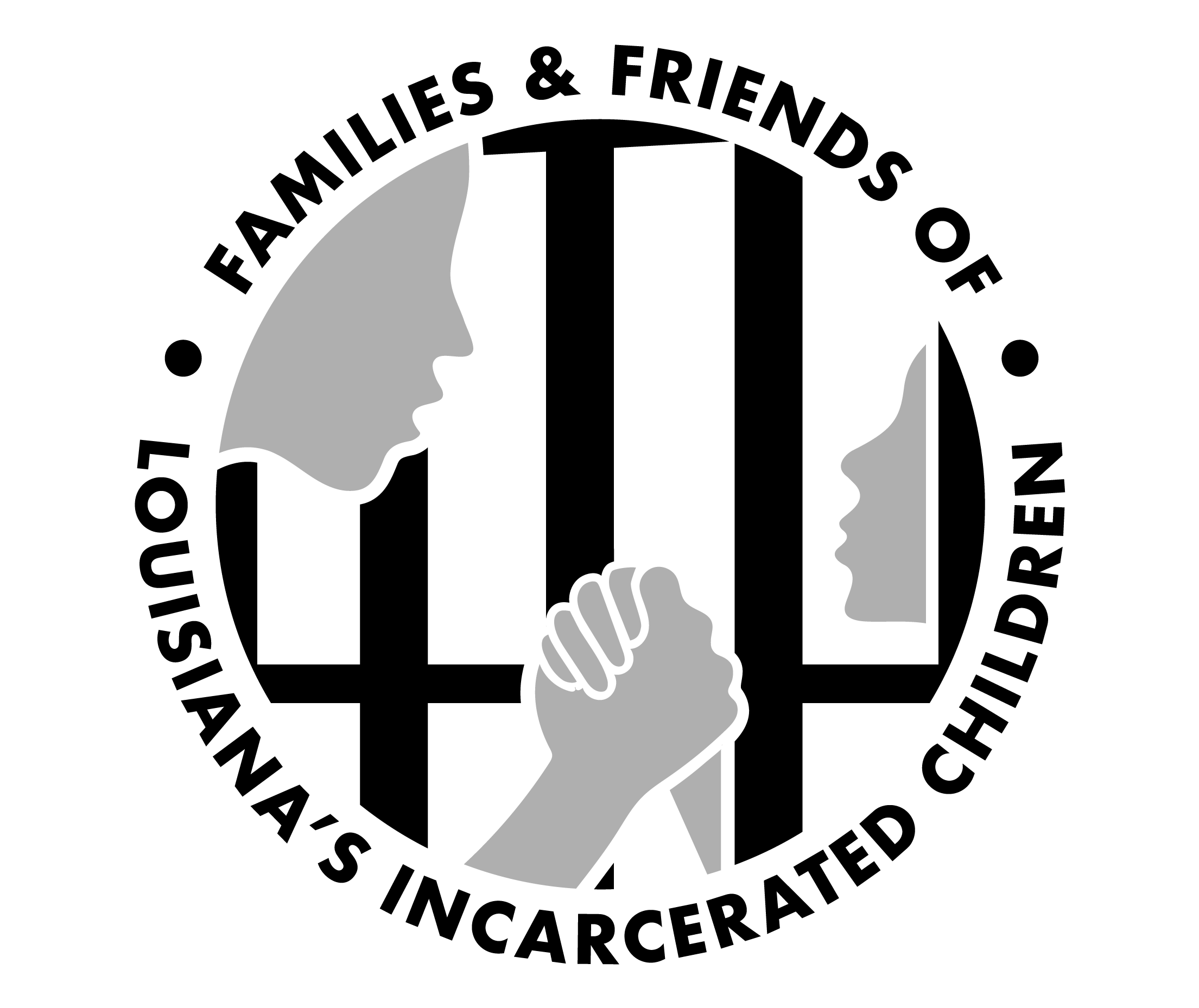For the past decades, our youth justice system has been designed like a maze with too few paths that lead to real support and too many paths leading to incarceration. By redesigning the maze, and providing our youth with an easily accessible support system of mentors, counselors, mental/behavioral support, educational opportunities, and job training; we can limit the entry points to incarceration and maximize access to the services and opportunities youth need to grow, thrive, and give back to our communities.
A blueprint for this redesign exists. Act 1225 was passed in 2003 to transform our youth justice system into a model of holistic support and coordinated care that will prevent crime and provide community support and rehabilitative treatment to youth.
However, Act 1225 continues to be an unfulfilled promise. After the passage of the law, state leaders abandoned the implementation and evaluation of the law, failed to coordinate services, and now they continue to attempt piecemeal approaches to crime that ignore the best practices and design structures laid out in the law.
We must continue to push for the complete redesign of our youth justice system into a holistic model of support!
Advocacy Tools:
Oftentimes, even advocates themselves can fail to see or lose sight of the big picture of reform. That’s why we have a series of one-pagers and other advocacy tools that can help stakeholders connect smaller pieces of reform into the model put forth by Act 1225. Please explore the map above to learn more about Act 1225 as well as the additional offerings below.


